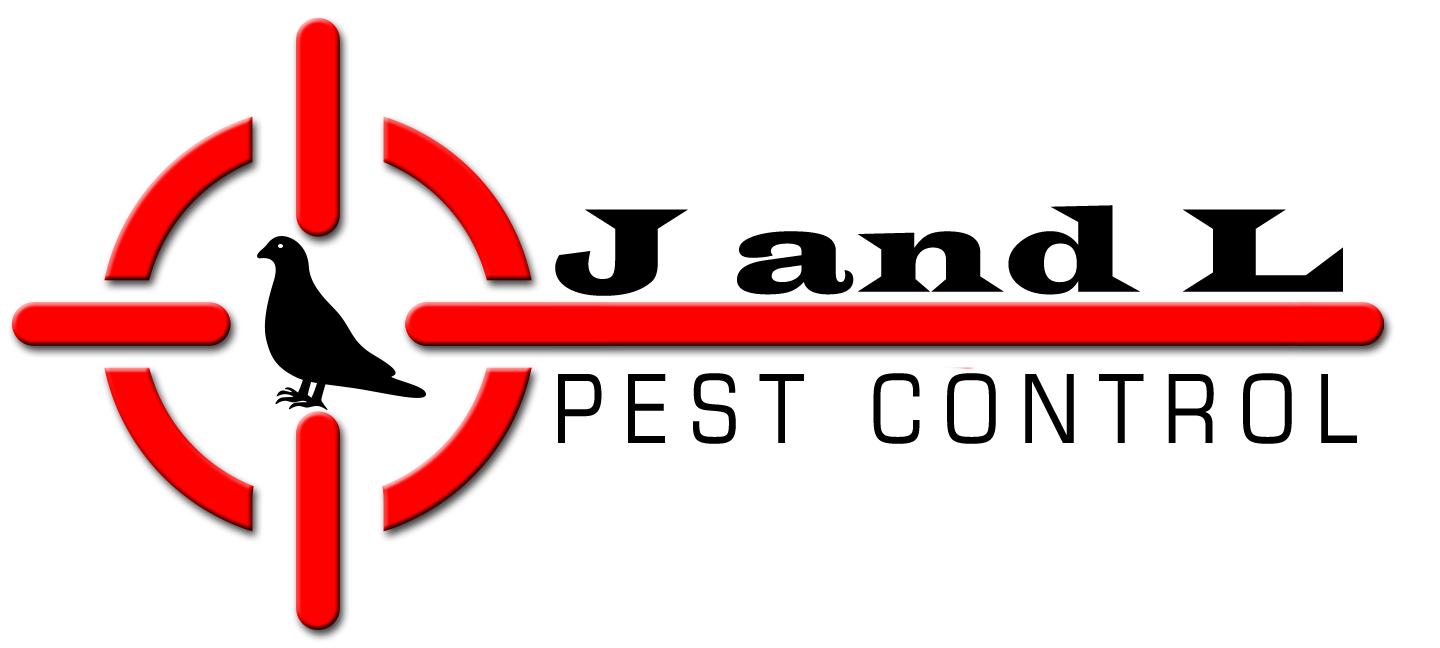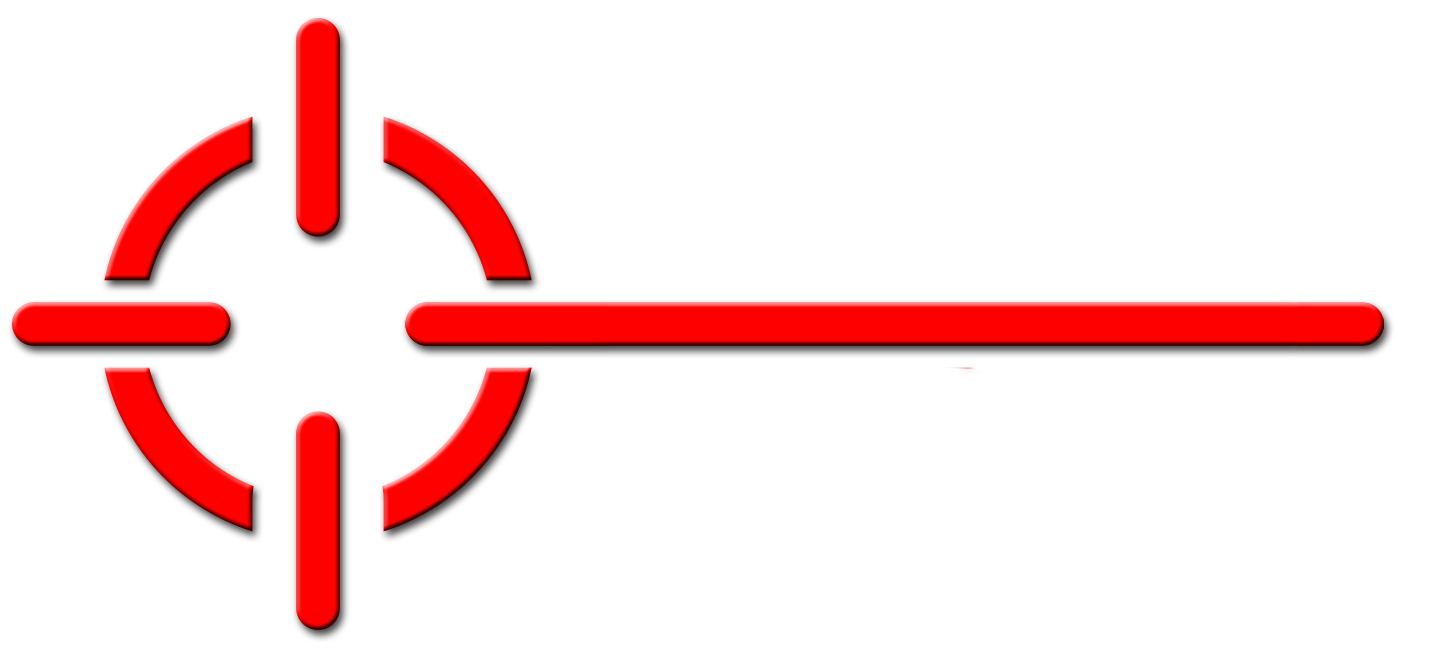
J & L Pest Control is a family owed business that has been practicing Integrated Pest Management (IPM) services since it was founded.
T (631)-605-9919
Email: jandlpestcontrol@gmail.com
J & L Pest Control
1090 Martinstien Ave.
Bay Shore, NY 11706

COMMON NAME: Yellow, moisture, or citronella ants
SCIENTIFIC NAME: Lasiusspp. [formerly Acanthomyopsspp.]
CLASS/ORDER/FAMILY: Insecta/Hymenoptera/Formicidae
METAMORPHOSIS: Complete
INTRODUCTION. The common name of yellow ant probably comes from their yellowish color, that of moisture ant in the Pacific Northwest because of their structural nesting habit of utilizing high moisture areas, and citronella because of the odor they give off when handled or crushed. The most important structural pest species of this group is the larger yellow ant, Lasius interjectus (Mayr), a native species whose common name probably comes from the fact that its workers are among the largest species of Lasius found in the United States. Yellow ants are found throughout the United States.
RECOGNITION. Workers monomorphic, about 1/8-3/16" (4-4.5 mm) long; queens about 5/16“ (7-8 mm) long; males about 3/16" (5 mm) long. Color yellowish, yellowish red to yellowish brown; queen brown to dark brown, male dark brown to black. Antenna 12-segmented, segments gradually enlarged towards tip; 1 st segment (scape) longer than height of head by about its width. Compound eyes small in relation to head size; ocelli indistinct or absent. Maxillary palpus short, 3-segmented. Thorax lacks spines, profile unevenly rounded. Pedicel 1-segmented. Gaster with anal opening circular, surrounded by circlet of hairs. Stinger absent. Workers give off strong citronella or lemon-like odor when disturbed or crushed.
BIOLOGY. Very little is known about the biology of the larger yellow ant because of its subterranean habits and nocturnal activity period. These ants have only one queen per colony. Mature colonies in the soil may have a mound up to 3+ ft in diameter (1+ m) and 12+" (30+ cm) in height. Their sexual cycle is atypical for this genus in that it is continuous throughout most of the year. Most outdoor swarms occur during June and July (range April to September) in the late afternoon of warm (67° F/19° C- 80° F/27° C), humid (56-99% RH), windless days.
CONTROL. Inside - when these moisture/larger yellow ants are nesting in decayed wood, they should be considered a nuisance instead of a structural pest because the decay problem existed before the colony was established. Control consists of correcting the moisture problem and replacing the decayed wood. If the infested area is prone to moisture problems, it is suggested that pressure-treated wood be used Instead. If the colony is located under the slab of a house, garage, or porch, J & L Pest Control may need to drill the slab in the area where the soil keeps appearing and inject pesticide. If these ants are seen outside, J & L Pest Control will locate the nest and treat it directly with an appropriately labeled pesticide.
HABITS. Inside, these moisture/larger yellow ants nest in areas of moist, well-rotted wood. Such areas may include the damp, rotting wood often found in a bathroom behind tub tile walls or in the bathtrap, in damp crawl spaces, etc. Mature nests in wall voids often fill the void between the studs with carton which looks like Swiss cheese except that it is brownish like decayed wood. Soil mounds have been found in crawl spaces.Outside, nests are usually located adjacent to structures along foundation walls, while others are located in the open or in wooded areas. Nests are usually located in the soil under stones or logs, while others are located in rotten logs or stumps. The senior author has observed a large colony nesting under a concrete slab walkway in his front yard. These ants usually mound up the soil they excavate while making their subterranean tunnels and galleries. When the nest is under or near a cement slab or foundation, such mounds are considered a nuisance. Larger yellow ants feed almost exclusively on the honeydew of various species of subterranean root aphids (plantlice) and coccids (scale insects, mealybugs, etc.), which they foster and tend. There are no records of them feeding on household foods.
